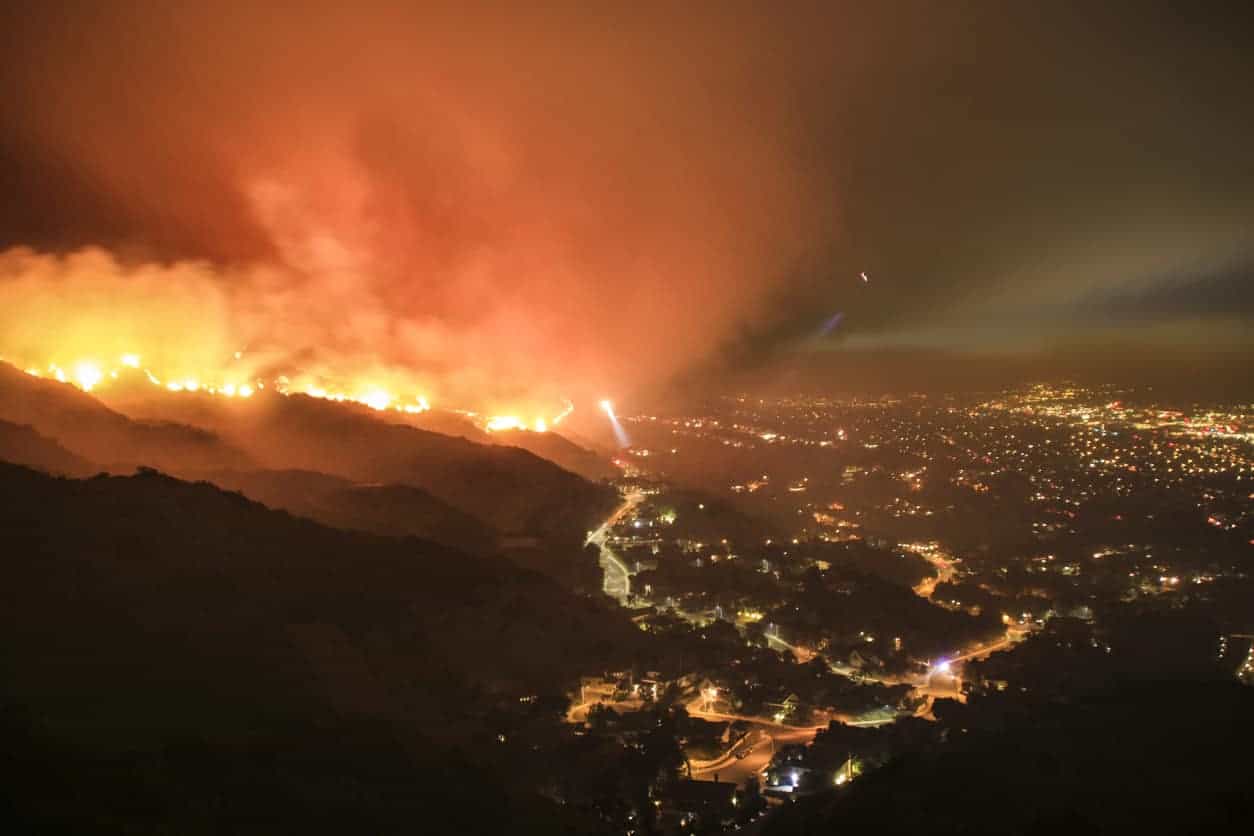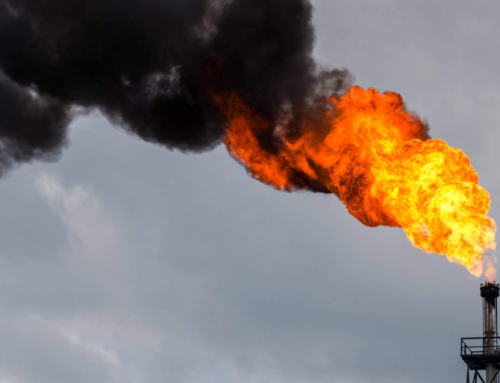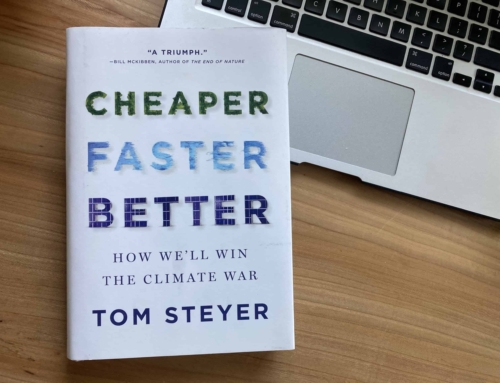I am saddened by the destruction of Notre Dame. Not because I am a religious person. I’ve had the opportunity to visit holy places around the world: The Wailing Wall, and Temple on the Mount, the Kiyoto Shrines, or the Great Kiva at Chaco Canyon. But I am struck. To me the sacredness of these places seems imbued by hundreds of thousands of pilgrims who attend them. Why is this?
For me it is because we are all connected regardless of what we believe. That somehow we reveal ourselves and our common humanity in our prayers and penances and pilgrimages. In these moments we are stripped of specific religions and are simply humans struggling with our existence. We are bonded with each other regardless of religion. It is the human condition.
So what happens when we watch a cathedral burn? We are connected by our shock, helplessness and sadness. We don’t need to know the person standing next to us to understand their feelings. Some would say that it is god that connects us, but I believe it is the humanity within each of us. For some this is indeed god.
I have this same sense of sacredness and connection when walking in the wilderness. There are parallels for the loss of our earth to the climate crisis and the loss of Notre Dame. I will not be the first or last to make these. But there are lessons to be learned in the process.
The Notre Dame tragedy happened within a matter of hours. As a climate communicator I know those things that are immediate and close capture our attention rather than those that are in the future or far away. It’s the way our brains work. Pay attention today to the tiger next to the field before you till the crops for tomorrow. No matter that the earth is also burning.
The twelve hour of destruction at Notre Dame extended over its lifetime of eight hundred years could be compared to the rise of human generated CO2 in our atmosphere over the last two hundred years. This means that corner stone against which we might measure climate change was laid over 300,000 years ago. Indeed, we now know the carbon in our atmosphere is higher than its been in thirteen million years. So how are we to come to grips with this change?
Grief is part of the process. As identified by Kublar-Ross stages of grief are denial, anger, bargaining, depression and acceptance. All of which we are experiencing with the loss of Notre Dame. Some of these we are also experiencing with the climate crisis. It seems necessary to pass through grief in order to get on with life and with the task of repairing the earth as well.
The response to the tragedy at Note Dame is now being met with a reconstruction effort. This effort is made possible by the movement through grief, but more so by the common bonds of shared grief and connectedness we feel with others. This is part of the key to moving forward with the climate crisis. It is not a distant future tragedy. It is not natural. It is here and now with the burning of the west, droughts, and melting ice-caps. No amount of denial, anger, bargaining of depression can help us. Only the reliance on each other and the acceptance that we must act and rapidly implement a plans to mitigate it. That plan has to be based on our connections to each other. We can not depend on the rich to tithe for reconstruction. Nor can we guarantee that buying absolutions will help.
It is the desire for unlimited growth and the resulting resource consumption have placed us here. This is not to shame those who have benefited. But as humans, we’ve created the problem of the climate crisis and together we can act to solve it. Its up to us to figure out and implement solutions. If we cultivate the connectedness that we see between people sharing their grief at Notre Dame we will succeed. So long as we are standing next to each other.
‘We are all connected. Savor the Earth!’™
Hobie,
L. Hobart Stocking
SkyWaterEarth.com
hobart@skywaterearth.com
651-357-0110
Facebook: @SkyWaterEarthConnected
Twitter: @SkyWaterEarth








Leave A Comment